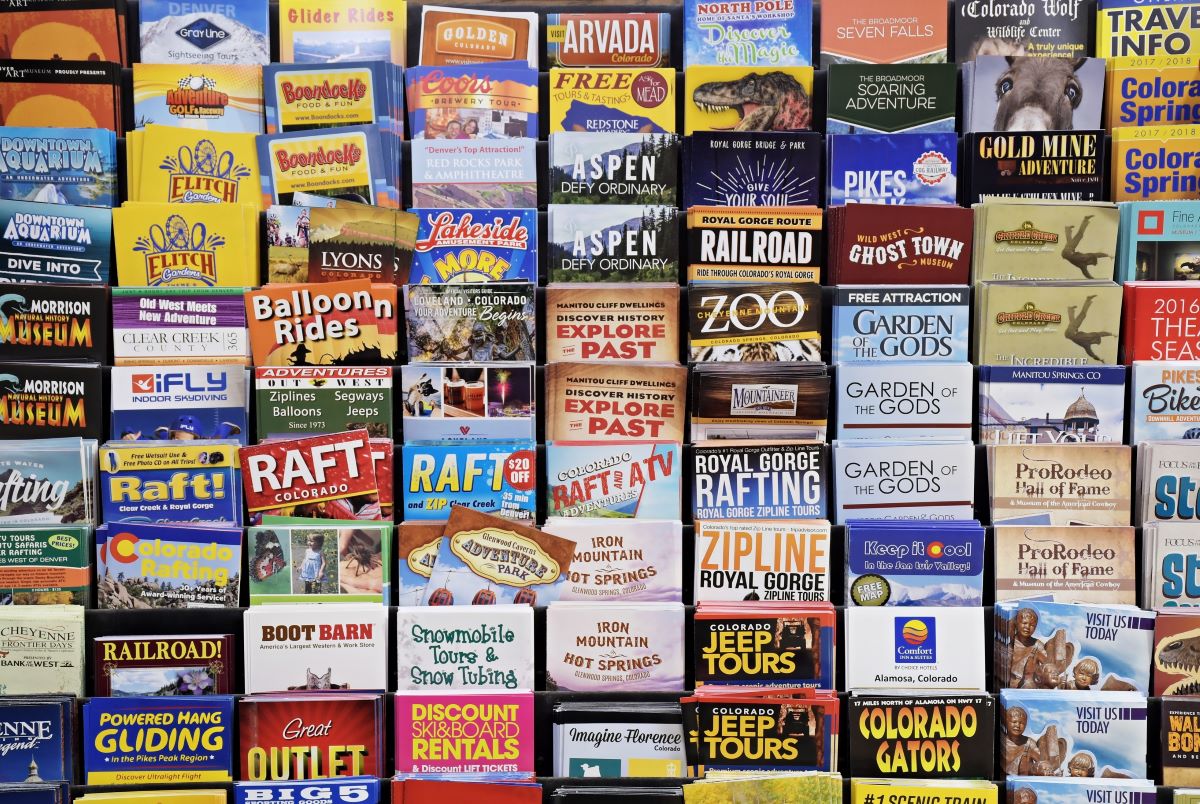
Why the Hospitality Industry Shouldn’t Ditch Printed Brochures
Planning a trip? You’ll likely start by going online to explore destinations. But once you get there, chances are you’ll reach for a printed brochure in the hotel lobby or visitor’s center, according to findings from a survey conducted by Bentley University’s Center for Marketing Technology (CMT) and commissioned by Visitor International, the International Association of Visitor Information Providers.
“The decline of print advertising predicted by marketers was over-hyped,” says CMT Director Ian Cross. "Even in this digital age, people still value tangible 'in-the-moment' printed materials like brochures, maps and travel guides. They are still very relevant to tourists and visitors.”
The survey, conducted by graduate students and faculty advisors at Bentley's CMT, included 2,020 respondents from 17 cities in North America and Western Europe.
- On average, 79 percent of visitors picked up a brochure (up from 67 percent in 2016)
- After searching the web, printed brochures are the next most popular source of information for trip planners with a usage rate of 52 percent
- 85 percent of visitors became aware of an attraction or business as a result of picking up a brochure
- 61 percent of visitors planned to purchase tickets or merchandise they learned about from a brochure
- 73 percent of visitors would consider altering their plans because of a brochure
Cross is quick to point out the connection between print and digital options, particularly based on survey findings that the Internet is still the most popular resource used to help plan a visit and that the mobile web and apps are often used to book activities.
“This suggests that trip planners are influenced by omni-channel marketing approaches combining print, web and mobile content, more than traditional media,” Cross says. “It also suggests that brochures drive awareness and action is taken because of integration with the mobile web and apps.”
Read About the CMT’s Findings on Why Direct Mail Still Works.
The takeaway, Cross adds: “Attractions should strongly consider an integrated print, app and digital (web, social and search) marketing strategy to drive awareness and customer interaction, particularly with the under 35 audience.”
The full Hospitality Visitor Information Survey 2018 is available here.
Bentley’s Center for Marketing Technology is on the cutting edge of marketing, research, technology and strategy. Students, educators and business partners have daily access to the latest trends, newest technologies and in-depth research that is shaping the future of marketing practices. Corporate clients in the United States and abroad benefit from collaborations and strategic consulting projects with the CMT, while enjoying access to world class marketing expertise, experienced CMT team members and the center's cutting-edge marketing technology.

